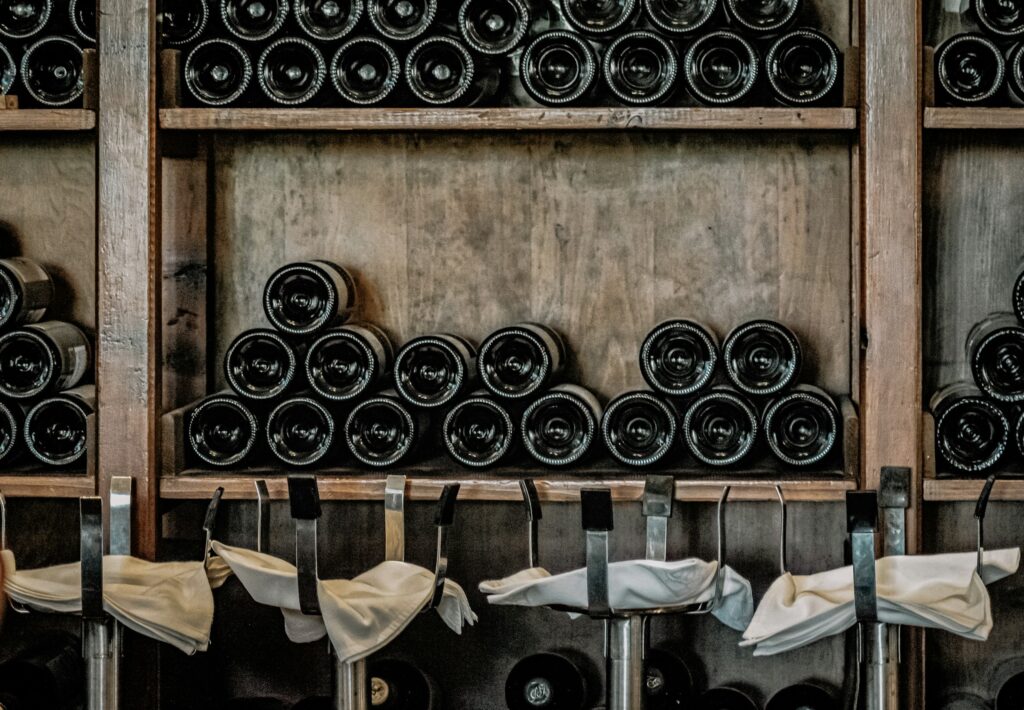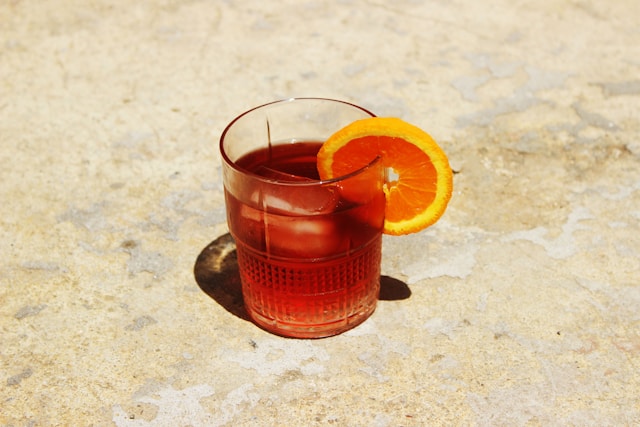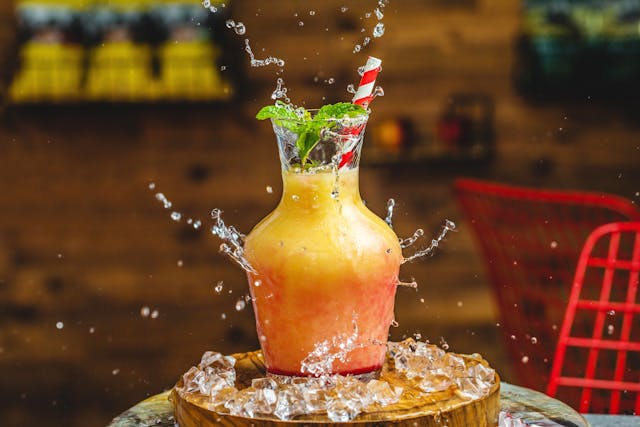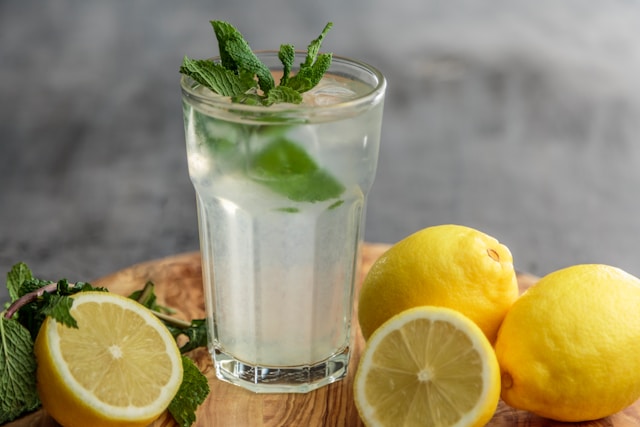
Sip the Costa Blanca: 9 Local Drinks You Must Try on Spain’s Sun-Soaked Coast
The Costa Blanca may be famous for its golden beaches and Mediterranean sunshine, but there’s another treasure hiding in plain sight: its drinks. From ancient wines sipped by royalty to herbal liqueurs made in mountain villages, the Costa Blanca is a liquid journey through Spanish history, culture, and natural abundance.
Whether you’re a seasoned foodie, a wine enthusiast, or a curious traveler, here’s your expert guide to the most authentic and surprising local drinks of the Costa Blanca.
1. Fondillón – The King’s Wine of Alicante
Forget Rioja—Fondillón is the real crown jewel of Alicante. This unique red wine, made exclusively from overripe Monastrell grapes, is aged for at least 10 years in oak barrels and is one of only five wines in the world recognized for being naturally sweet without added alcohol.
With flavors of dried figs, roasted nuts, tobacco, and spice, Fondillón is perfect for sipping after dinner. It once graced the tables of kings and emperors, and it’s enjoying a revival today in boutique bodegas around the province.
Try it at: Bodegas Primitivo Quiles (Monòver) or Bodegas Brotons (Petrer)
Best paired with: Cured cheese, dark chocolate, or turrón de Jijona

2. Alicante D.O. Wines – Bold, Sun-Ripened Flavors
The Costa Blanca’s climate—hot summers, mild winters, and cooling sea breezes—makes it ideal for winemaking. The Alicante Denomination of Origin (D.O.) includes more than 50 wineries, producing everything from robust reds to crisp whites and fragrant Moscatel dessert wines.
The star grape? Monastrell, which thrives in the hot inland plains. These wines are full-bodied, earthy, and pair beautifully with grilled meats and rich rice dishes.
Don’t miss:
- Vinos de La Marina: Fresher, coastal wines often made with Muscat of Alexandria
- Vinos del Vinalopó: Inland, powerful reds from old vines

3. Herbero – The Herbal Spirit of the Mountains
Tucked into the mountains behind the coast lies a centuries-old secret: Herbero, a vibrant green or amber herbal liqueur made in the Sierra de Mariola. This drink blends local wild herbs like sage, chamomile, fennel, thyme, and anise, steeped in grain alcohol and sugar.
Traditionally homemade, Herbero is now bottled by local distilleries and often served as a digestif. It’s strong (up to 40% ABV), aromatic, and carries echoes of the region’s Moorish past.
Try it in: Bocairent, Alcoy, or during local fiestas
4. Café Licor – Alcoy’s Strongest Tradition
While espresso is the daily ritual in Spain, in Alcoy, they prefer it with a kick. Café licor is a dark, concentrated coffee liqueur traditionally distilled with robust coffee beans and a secret mix of herbs. Locals drink it neat, over ice, or mixed with cola in a drink called “plis-play.”
It’s especially popular during Moors and Christians festivals, fueling the celebrations with caffeine and alcohol in one punchy sip.
Look for brands like: Cerol or Cafe tico
5. Vermú Casero – The Comeback of Homemade Vermouth
Spain’s vermouth culture is booming again, and on the Costa Blanca, many locals still make vermouth at home, infusing white or red wine with wormwood, orange peel, cloves, and cinnamon.
You’ll find vermut casero in traditional bars, often served on ice with an olive or slice of orange. It’s more herbal and bitter than commercial brands—perfect for a relaxed aperitivo before lunch.
Best enjoyed in: Elche, Alicante, and inland towns

6. Agua de Valencia – The Valencian Party Punch
Despite its name, this cocktail is not water at all. Agua de Valencia is a lively blend of fresh Valencian orange juice, cava (Spanish sparkling wine), vodka, and gin. Sweet, fizzy, and deceptively strong, it’s a fiesta favorite along the Costa Blanca.
Served in pitchers, it’s ideal for sharing during sunset dinners or beachfront parties.
Try it in: Alicante’s old town bars or beach clubs

7. Horchata de Chufa – Sweet, Cold & Caffeine-Fre
A Moorish legacy turned summer staple, Horchata de Chufa is a non-alcoholic drink made from ground tiger nuts (chufas), water, and sugar. Served ice-cold, it’s creamy, slightly nutty, and caffeine-free—perfect for kids and adults alike.
It’s also vegan, gluten-free, and packed with iron and magnesium.
Pair it with: Fartons (soft pastry sticks) for the most traditional food experience
Where to try it: Horchaterías in Elche, Guardamar, or Alicante city
8. Mistela – Liquid Gold from Moscatel Grapes
Mistela is a sweet, fortified wine made by stopping the fermentation of Moscatel grapes with added alcohol, preserving the sugar. Popular in the Marina Alta region (around Jávea and Dénia), it’s enjoyed chilled as a dessert wine or holiday treat.
The best Mistela is golden, floral, and syrupy without being cloying.
Try it with: Almond pastries or blue cheese
9. Aigua-llimó & Granizados – Local Non-Alcoholic Refreshers
Not every drink needs alcohol to be memorable. In local cafés and kiosks, you’ll find two refreshing classics:
- Aigua-llimó – Homemade lemon water with sugar and mint
- Granizado de café or limón – Crushed ice drinks flavored with coffee or citrus
Perfect for hot summer afternoons, they’re cheap, cheerful, and local to the core.

Final Sip: Drink Like a Local
Costa Blanca’s drinking culture isn’t about excess—it’s about ritual, tradition, and community. Each town, valley, and village has its own favorite bottle or glass, deeply tied to its history and landscape.
From sipping aged Fondillón under a fig tree to toasting friends with a pitcher of Agua de Valencia, your time on the Costa Blanca can be a rich liquid journey through time, taste, and terroir.
So next time you’re in the region, skip the generic sangria. Instead, order something made by locals, from local ingredients, for local people—and raise a glass to the real flavors of the Costa Blanca.
